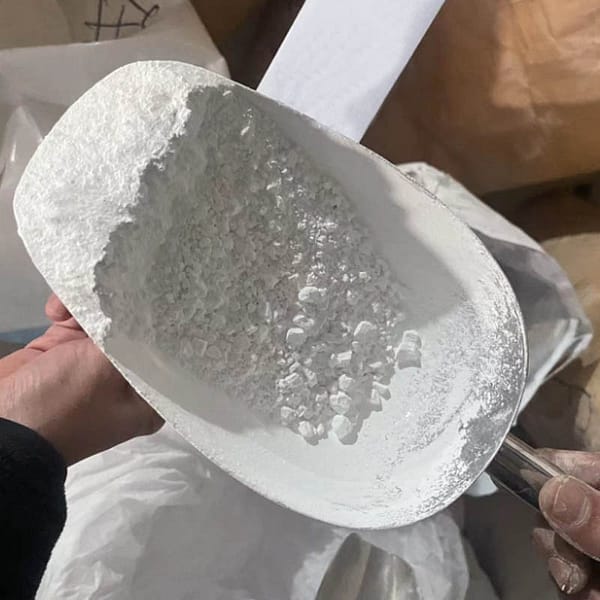The titanium dioxide pigment, sometimes referred to titanium white or Pigment White 6(PW6) is an industry prominent. This is especially the case in the areas of rubber, paints, plastics, and paper. The versatile chemical, adored for its stunning white pigment is a key element in the transformation of raw materials into stunning finished products. We will explore the wonders and uses of titanium oxide and also its manufacturing process, to see how it impacts different industries.
The Canvas of Titanium Dioxide – A Palette of Possibilities
Titanium dioxide is an important component in the manufacture of numerous products, contributing to the aesthetic appeal and function of items we encounter daily. Pigment White 6 plays a important role in the making of paints. This brilliant transparent white color adds the radiance and coverage of both industrial and artistic applications.

In the plastics industry titanium dioxide is not just a component that gives color, it can also function as a UV stabilizer protecting against the harmful effects induced by ultraviolet radiation. Due to its dual functions the titanium dioxide is an essential component in the wide variety of plastic products – from durable outdoor goods to packaging materials.
The Manufacturing Alchemy – Titanium Dioxide Production Processes
Two main processes are used to produce of titanium oxide, namely the sulfuric-acid method, and the chlorination-acid technique. Each method is unique and can be used in different ways. This is the reason for the versatility of Titanium dioxide across a variety of industries.
Sulfuric Acid Method. This involves the reaction of ore containing titanium with sulfuric acids producing a titanium-sulfate. The solution is later hydrolyzed to create the hydrated titanium dioxide. Following calcination, the product is a fine white powder that is utilized in a variety of industries, such as paper and paint.
The Method of Chlorination: In contrast, the process of chlorination uses chlorine gas to interact with titanium-bearing ores, creating titanium Tetrachloride. Following a series of chemical reactions, titanium tetrachloride may be oxidized into pure titanium oxide. This method is prominent in the production of titanium dioxide for the plastics and rubber industries.
Titanium Dioxide Applications: Art and Science
Titanium dioxide is the most popular ingredient in paints across industries. Titanium dioxide is a popular choice for artists, homeowners and industrial customers alike because due to its capability to create brilliant white colors. The brightness it gives the canvas is not only aesthetic, but also functional, increasing the lifespan of the painted surface.
Shape Plastics with Radiance. In the world of plastics, titanium dioxide serves two functions. It’s not just a colorant, but also a UV stabilizer which shields from the harmful impacts of sunlight. Titanium dioxide is an essential component of the process used to make outdoor plastics since it guarantees that they keep their structural integrity and visual attractiveness over time.
Titan dioxide is utilized in the paper industry to increase the whiteness of the paper as well as to increase its transparency. It also increases the brightness of paper and makes printed content more vibrant and easy to read. The use of titanium dioxide in paper production goes beyond aesthetics and plays a vital role in improving the overall quality of printed papers.
Rubber Resilience and UV Resistance The industry of rubber benefits from the UV-resistant properties of titanium dioxide. For rubber products, specifically those exposed to outdoor conditions titanium dioxide serves as a protection against harmful UV radiation, which ensures the durability and efficiency of rubber-based products.
Titanium Dioxide Impact: More Than Pigment
While the effects of titanium dioxide are highly visible in its role as a pigment, its impact goes beyond color. Its ability to improve the durability, resilience and longevity of various substances in different industries is what makes it an invisible but vital element in the quality and functionality of products at the end.
In conclusion the titanium dioxide is an important substance that seamlessly integrates into numerous industries. It’s referred to as Pigment White 6 and it provides a radiant shine to canvasses that are both artistic and industrial. Its production is a combination of two processes: sulfuric acid and chlorineation. This ensures a wide array of possibilities. Titanium dioxide is a great illustration of the harmonious blend between science and art that is present in the production of. It can be utilized to enhance the appearance of paints, protect materials from UV rays and enhance the brightness of paper. The brightness of titanium dioxide shines through the world all around us, turning the appearance of a myriad of items into ones that are durable and bright.